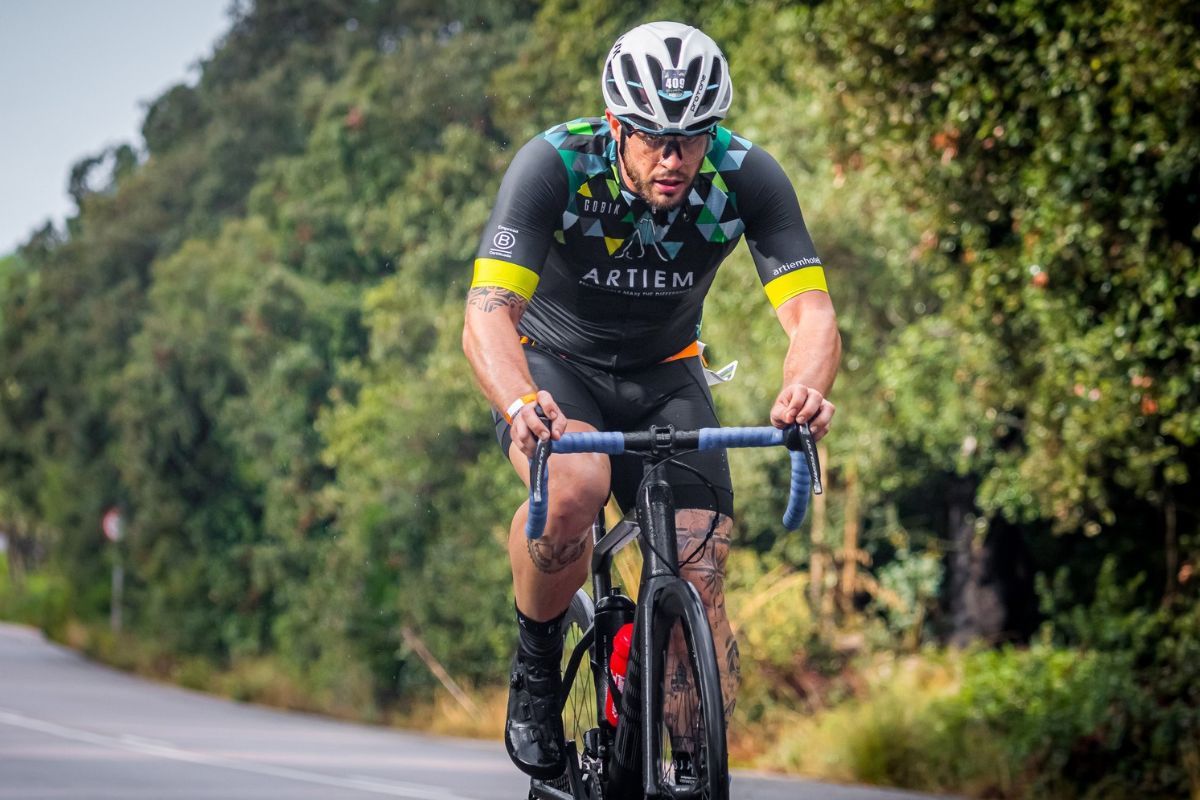Today, we have the ability to calculate and analyse instantly all the athlete’s parameters. We can measure a sportsperson’s speed, stride amplitude, cadence, vertical or lateral oscillation, pedalling power, the force exerted by each leg, pedalling fluidity, stroke frequency, number of strokes per lap and stroke fluidity. We can even read our blood glucose level instantly so we know if we need more sustenance.
Is it really important to have all this information or should we rely more on our physical sensations when training? As a coach, the more information I have about the athlete I am preparing, the better. It gives me an objective view of the person’s performance and evolution.

However, we should be realistic and think about who our focus is. Tracking an athlete who is seeking to compete at the Paris Olympics is different from someone who just wants to improve their performance for the next local triathlon. In the first instance, we use all the resources at our disposal, while in the second case we can be more flexible.
So what can we use to improve as triathletes without getting too complicated? Once you have all the equipment you need to train and compete in a triathlon, my advice is to invest in a good watch with GPS and a power sensor for your bike. You do not need to buy the most expensive model on the market, but it should be able to give you the following data:
- Power sensor: It is enough if it reads the power from one leg, as they are cheaper than those that measure both legs (dual), and the information they provide will be adequate for most athletes.
- GPS watch: In addition to the usual data on speed, distance, heart rate and calories burned, it would be useful to have the following values during your run: stride cadence, ground contact time and stride length. In swimming, it is important that it provides data such as SWOLF (swimming efficiency), stroke cadence and stroke length.

These data may seem overwhelming to someone new to triathlon, but with the right guidance you can get a lot of out of each of them. The key thing is to learn how to use them, to understand what each indicator means and how to improve each particular parameter.
We can thereby identify our strengths and weaknesses, while working on our technique and performance to improve overall. But how should we interpret all these data? The best option is to use a trainer to advise and guide us through our training. The trainer can interpret each datum, teaching us how to use it to improve.
The first thing to do is to run several tests in each discipline. From these tests, we extract the data we will use as a benchmark in our training. For running, we can do a Cooper test, 5 km test, 10 km test, or any other similar test. These will provide a baseline heart rate for training, as well as benchmarks for speed, cadence, stride length and ground contact time. With these data, a good coach can guide us to improve our technique and plan our training in the work areas needed at each stage of the season.
For cycling, it is most common to run a Functional Threshold Power (FTP) test. This test consists of pedalling at maximum power for 20 minutes in an area with a slight constant gradient. However, on the road it is not always possible to find an area with a constant gradient and no downhill slopes that would allow you to maintain a maximum pace for 20 minutes. For this reason, many trainers choose to perform the test on a roller. The data obtained are not as accurate as outdoors, but can still be useful. The main datum obtained from this test is the FTP threshold, which represents the average power that the athlete can maintain during an hour of maximum effort. With this information, your trainer can organise training in power zones and extract other data such as cadence and pedalling fluidity, which will help to improve your technique.

Lastly, in swimming, it is important to conduct a 1000 m or 500 m test and a 100 m test. In this case, we do not focus on power or heart rate to maintain pace – this is reserved for higher level athletes. Instead, we use the pace per 100 metres in the longer tests as a reference for planning the series. The 100 m test will also help us to observe the differences between a short and a longer effort. The other data will help us to improve our swimming technique.
So take advantage of the technology available, trust your physical sensations and enjoy the experience of being a triathlete!
